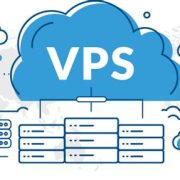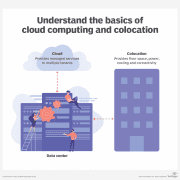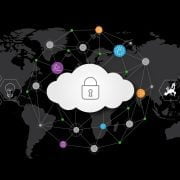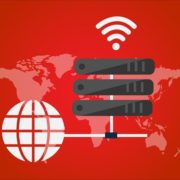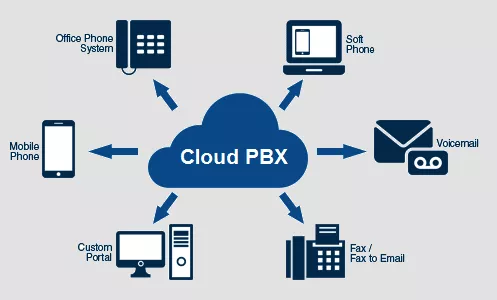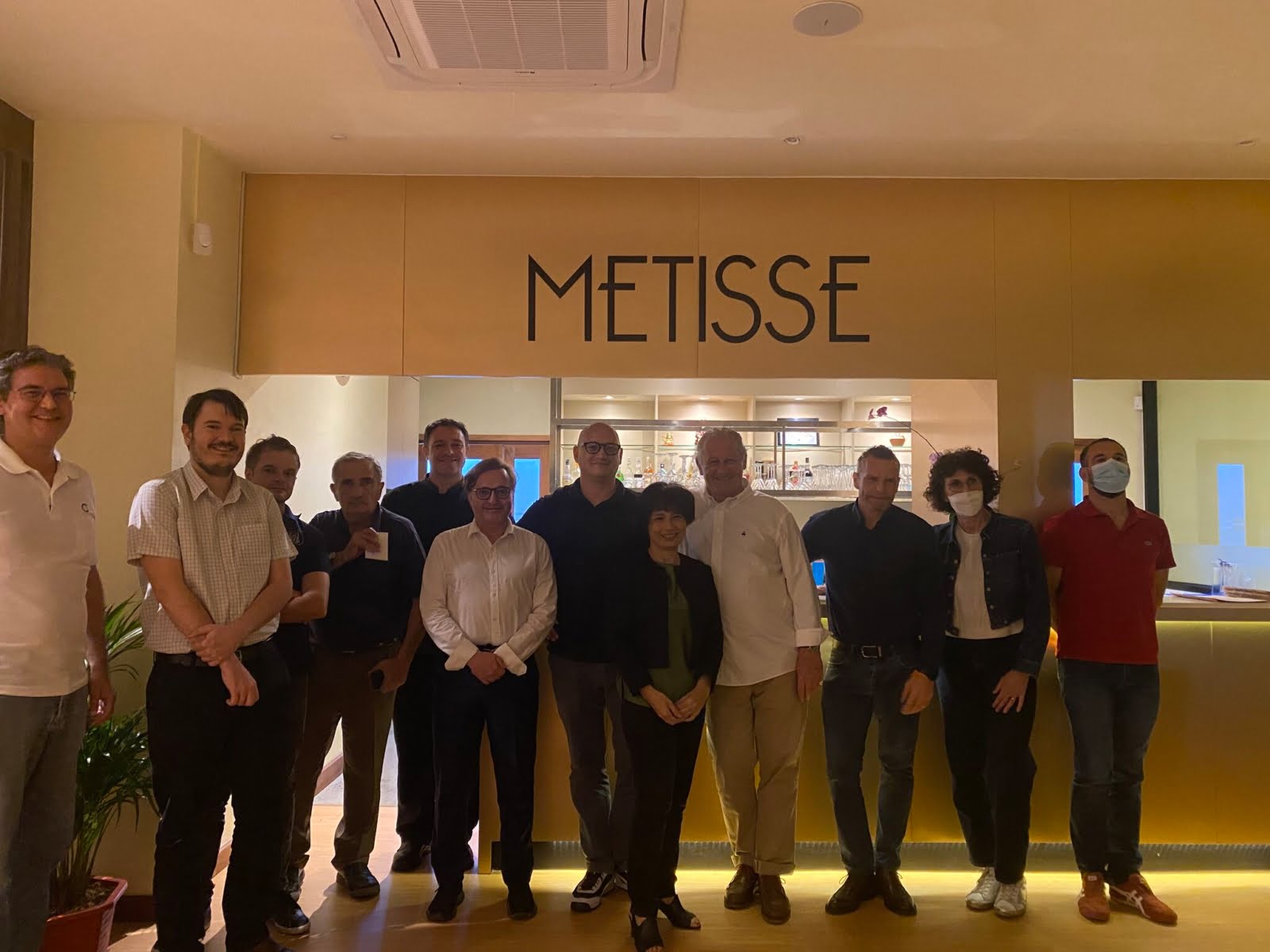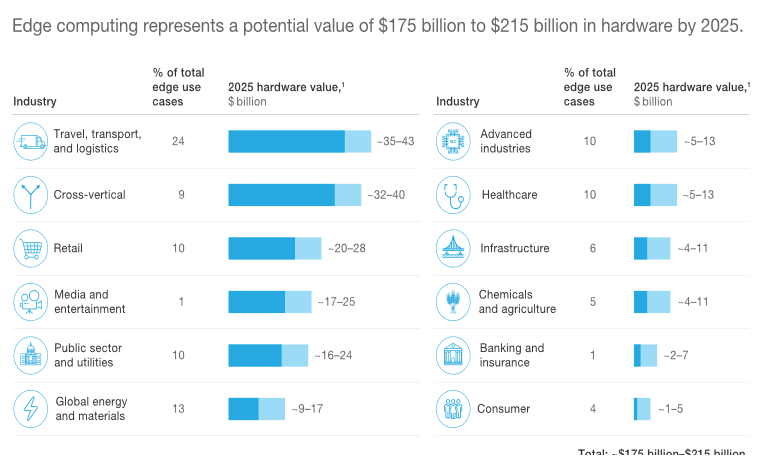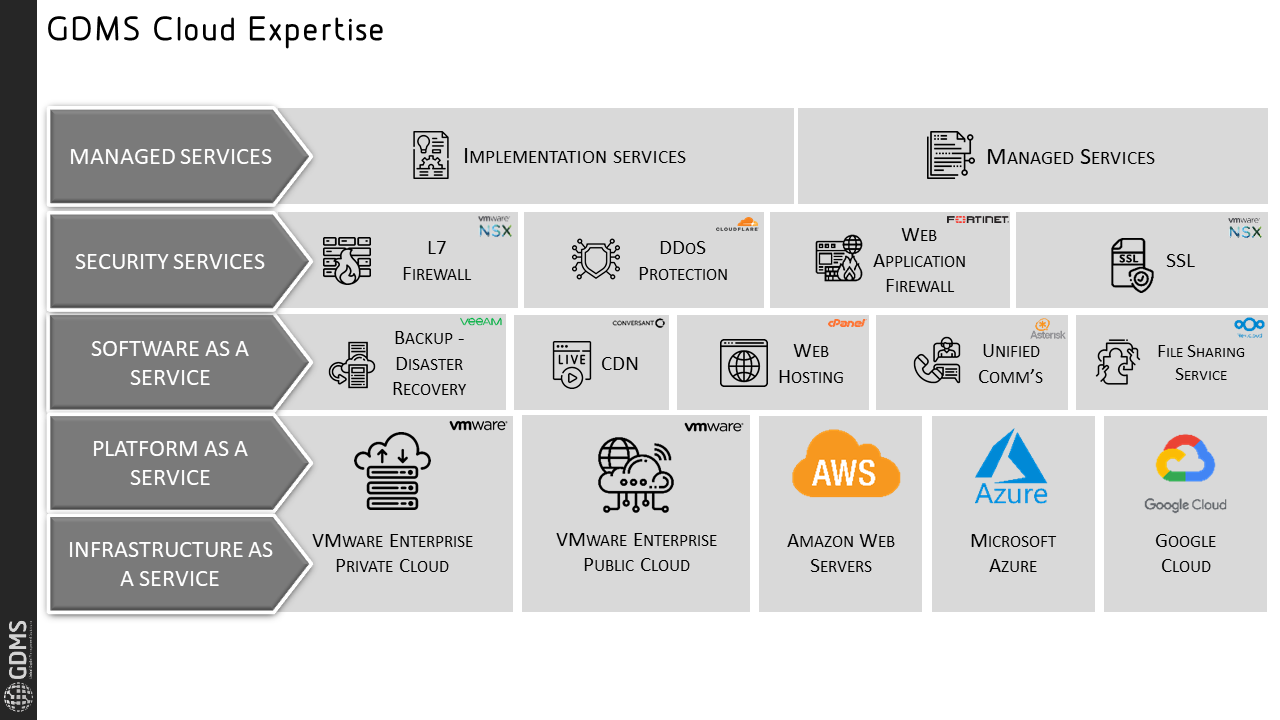Are you a business looking for a reliable and scalable hosting solution? Look no further than GDMS’s Cloud Virtual Private Servers (VPS) in Laos and Myanmar!
Our VPS hosting solutions allow businesses of all sizes to quickly deploy virtual instances on a public cloud, with the ability to easily scale horizontally, run concurrently, and spin up more instances if necessary.
Here are some top advantages of our offering:
Reliability and Scalability
Our goal is to ensure that our cost-efficient cloud hosting solutions assure your customers can access your services (and their data) at any time, from any location, on any compatible device. With our industry-grade hardware, superfast and cost-effective compute, storage, and network, we guarantee 99.99% uptime and low latency connectivity to any network in the country.
24/7 Support Services
We understand the importance of rapid response and proactive management to your hosting solution. That’s why GDMS provides 24/7 support, with a team of experts ready to help you with any issues or questions you may have.
VPS Hosting: A Great Option for Your Business
Virtual Private Servers (VPS) are an excellent option for businesses looking for hosting solutions. Here are a few reasons why:
Cost-effective: VPS hosting is a cost-effective option compared to dedicated hosting. You only pay for the resources you need, and you can easily upgrade or downgrade as your business needs change.
Scalability: With virtual server, you have the ability to quickly and easily scale up or down depending on your business needs with minimum downtime.
Customizability: With root access and SSH, you have complete control over your cloud servers, allowing you to customize your hosting environment to your specific needs.
Multi-tenancy: VPS hosting makes multi-tenancy simple, allowing you to easily administrate your workload.
GDMS VPS Features
Our VPS hosting solutions come packed with features to help you get the most out of your hosting environment. Here are just a few:
- Top Tier Datacenter
- Linux Server and Windows Server
- Virtual Private Server with Dedicated IP
- Multi-availability zones
- VMware and KVM Virtualization Platform
- Guaranteed Server Resource
- High Availability Mode (redundant servers)
- Backup Services
- Root Access with SSH (or RDP for Windows Server)
- Web Management portal
- Dedicated Bandwidth
- Low latency to all domestic networks
- Superfast provisioning in minutes
- Free Cloudflare DDoS Protection
- 99.99% Uptime
- 24/7 Support
VPS Plans and Pricing
We offer four VPS plans to fit your business needs. Here’s a breakdown of what each plan offers:
- Small: $22/month – 2 GB Memory, 1 vCPU, 50 GB Storage, 100 GB Data Transfer, 1Mbps Network Speed, 1 Public IP, SSH Access
- Medium: $58/month – 4 GB Memory, 2 vCPU, 100 GB Storage, 500 GB Data Transfer, 5 Mbps Network Speed, 1 Public IP, SSH Access
- Large: $100/month – 8 GB Memory, 4 vCPU, 150 GB Storage, 1TB Data Transfer, 5 Mbps Network Speed, 1 Public IP, SSH Access
- X-Large: $180/month – 16 GB Memory, 8 vCPU, 300 GB Storage, 1TB Data Transfer, 10 Mbps Network Speed, 1 Public IP, SSH Access
Get Started Today!
Whether you’re a small business just starting out or a large enterprise looking for a reliable and scalable hosting solution, GDMS has got you covered. Our VPS hosting solutions in Laos and Myanmar are the perfect choice for businesses

